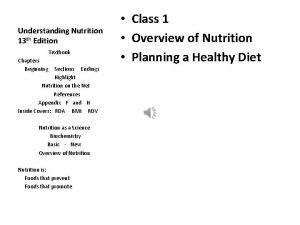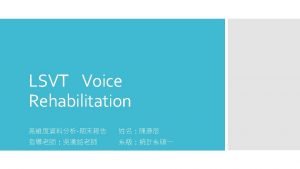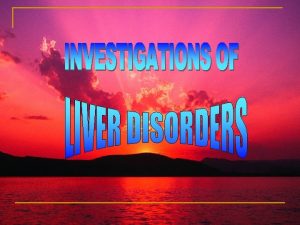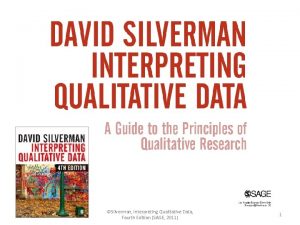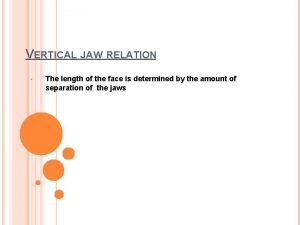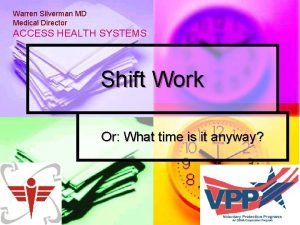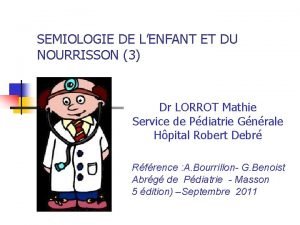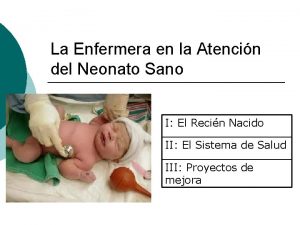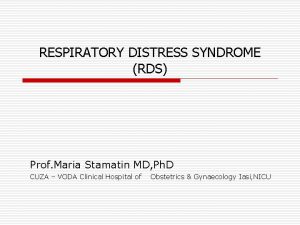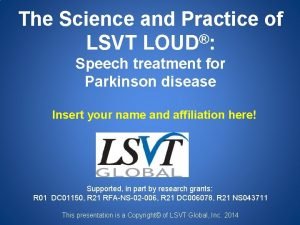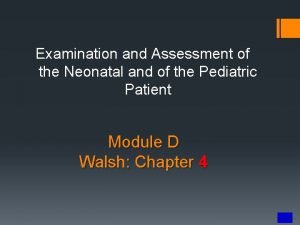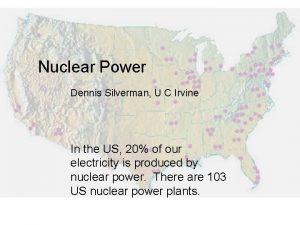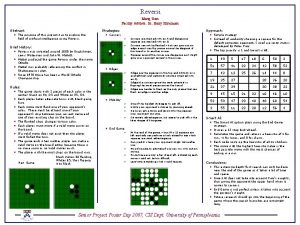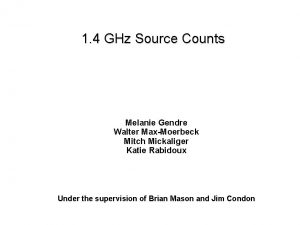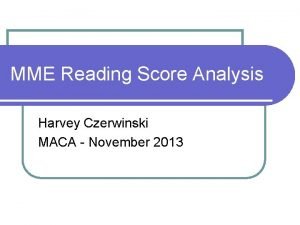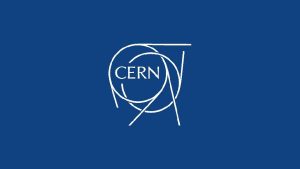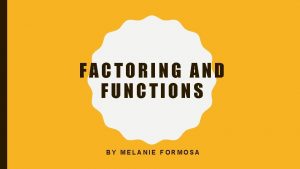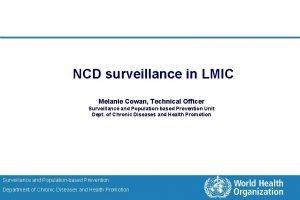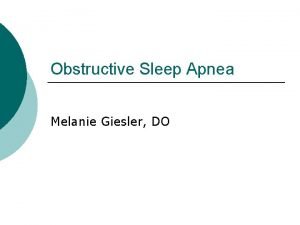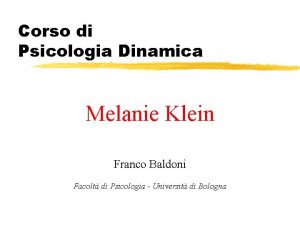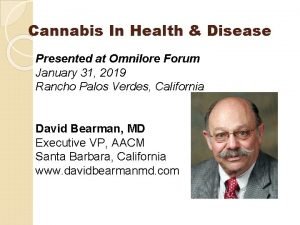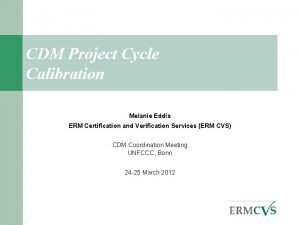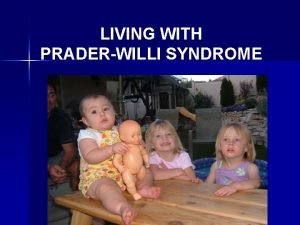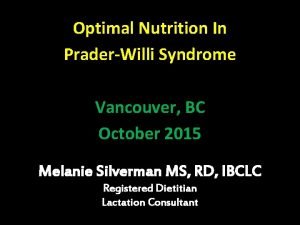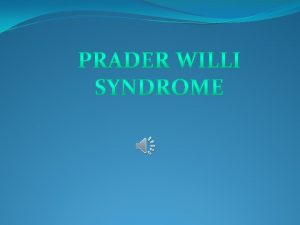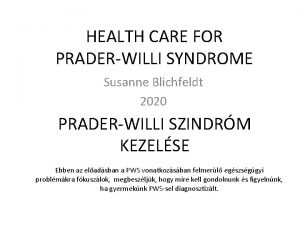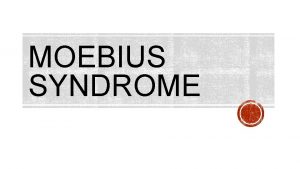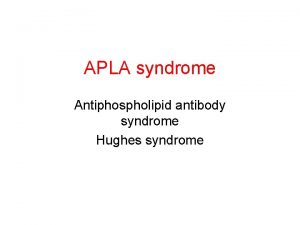Understanding Optimal Nutrition In PraderWilli Syndrome Melanie Silverman

































































- Slides: 65

Understanding Optimal Nutrition In Prader-Willi Syndrome Melanie Silverman MS, RD, IBCLC Registered Dietitian Lactation Consultant


In the office… • • Infant Feeding Picky Eaters Poor Weight Gain Weight Management Food Allergies/Intolerances Breastfeeding G-tube Feeding • PRADER-WILLI SYNDROME

Objectives Today’s Discussion Is Driven By Your Questions • Generally…How & What to Feed • Macronutrient Makeup – Carbohydrates, Protein and Fat – Calories – What is our best in practice recommendation? • Artificial Sweeteners – What are they? What are they called? – What is the recommendation? • Ketogenic diet

How To Feed

Meal and Snack Structure • Essential • Underestimated

Structure • Separate meals and snacks by at least 2 ½ hours • Post menus and rules • No distractions at meals (No “ianythings” at the table) • Family meals

Physical Activity • Parks • Sports • Family Participation

What To Feed

Food Guide Pyramid

Prader-Willi Food Pyramid

My Plate (much better)

Prader-Willi Plate High Quality Protein Whole Grains Fats like oils, flax, avocado Fruit (but no fruit juice) Vegetables Dairy (like yogurt, cheese, milk)

Macronutrient Makeup

Macronutrients Health, Growth, Healing and Immune Function PROTEIN: growth and maintenance of the body FATS: energy, hormones, insulation, Vitamins ADEK CARBOHYDRATES: main energy source for muscles, organs. . . including the brain

Protein

Protein Received little attention except in starving children Animal is complete protein: Meat/poultry/fish/pork Plant is incomplete protein: fruits/vegs/grains/nuts • Macronutrient manipulation in weight loss programs • Satiety effect? Maybe.

Fat

Fats • Saturated fat: animal flesh, butter, margarine, processed/hydrogenated oils, tropical oils, and fried foods • Polyunsaturated fat: vegetable oils—sunflower, safflower, corn, and flaxseed oils • Monounsaturated fats: vegetable oils—olive, peanut, canola, and many nut oils The Famous Fats – Omega-3 fatty acids: seafood such as tuna, mackerel, and salmon, as well as nuts, soy, canola, and flaxseed oils – Omega-6 fatty acids : vegetable oils such as soybean, corn, and safflower oils

Trans Fats • CHEMISTRY: Adding a hydrogen to vegetable oil by process called hydrogenation • Freshness • Commercial baked goods, crackers, cookies and cakes, doughnuts and French fries • Shortenings and some margarines • Stay away

Carbohydrates

CARBOHYDRATES COMPLEX SIMPLE • Fruits***** and fruit juice • Processed foods and anything with added refined sugar, such as soft drinks and some candy. • Found in nearly all plantbased foods • Usually higher in fiber and take longer for the body to digest. • Whole-wheat bread, whole -grain pasta, brown rice, and starchy vegetables (peas, corn, potatoes)

GOOD Carbs vs. BAD Carbs “GOOD” • Fruits/Vegetables • Whole grains (>3 grams per serving) • Beans, Peas, Legumes • Brown rice • Quinoa “BAD” • • • Candy Cakes Cookies Juice Frozen desserts Donuts Low fiber crackers White bread, pasta, rice “Snacky snacks”

So What is the Glycemic Index? • How quickly and high food causes a boost in blood sugar compared to pure glucose. • Foods with a high glycemic index, like white bread, cause rapid spikes. • Foods with a low glycemic index, like whole oats, are digested more slowly, causing a lower change in blood sugar.

Glycemic Index 70 or higher: high glycemic index 55 or below: low glycemic index


Guess the glycemic index?

42 LESSON: Replace highly processed foods with less processed foods.

Glycemic Load • Glycemic Index is NOT based on standard serving sizes • A low glycemic load is a better indicator that food won’t have much impact on blood sugar – i. e. Carrots are good for you. So eat them please. • Ranking system that measures CHO in serving – <10 low – 10 -20 moderate – >20 high


Fiber • “Roughage or bulk” • Fiber not digested by body • Passes relatively intact through the stomach, small intestine, colon and out of your body.

Fiber Categories Soluble Insoluble • Dissolves in water to form a gel-like material. • It can help lower blood cholesterol and glucose levels. • Promotes the movement of material through your digestive system and increases stool bulk • EXAMPLES: Oats, peas, beans, apples, citrus fruits, carrots, and barley • EXAMPLES: Whole-wheat flour, wheat bran, nuts and many vegetables are good sources of insoluble fiber.

The Fiber on a Food Label

Mixed Macronutrients Carbohydrate (C) • Eggs: P, F Protein(P) Fat (F) • • • Yogurt/Milk: C, P, F Nuts: P, F Beans: C, P, F Cottage Cheese: P, F Cheese: P, F

How Many Calories for PWS? • For children and adolescents: – 10 -11 calories per centimeter to maintain growth velocity – 8 -9 calories per centimeter for slow weight loss or support linear growth • Adults vary: – 1, 000 -1, 200 per calories day – About 60% of a typical person’s diet ADA Pediatric Nutrition Assessment, 2008

United States Calorie Percentages USDA Carbohydrates: 50 -70% (+) Protein: 15 -20% Fat: 30 -35%

Calorie Percentages USDA CARBS: 50 -70% PRO: 15 -20% FAT: 30 -35% PWS CARBS: 45% PRO: 25% FAT: 30% FIBER: 20 grams per day *Miller, et al. A reduced-energy intake, well balanced diet improves weight control in children with Prader-Willi syndrome, J Hum Nutr Diet, 2012

Optimal Diet 2012 “A reduced energy intake, well balanced diet improves weight control in children with Prader. Willi Syndrome” (J. L. Miller, C. H. Lynn, J. Shuster, D. J. Driscoll) • Children 2 -10 • 30% fat, 45% carbohydrate, 25% protein, 20 grams of fiber • Energy restricted diet

Results Balanced macronutrient at 30% fat, 45% carbohydrate and 25% protein (20 grams of fiber) IMPROVES weight and body composition in children with PWS compared to a simple energy restricted diet

Calorie Calculations • Carbohydrate: 4 calories per gram • Protein: 4 calories per gram • Fat: 9 calories per gram

Calorie Calculations • Example: 1200 calories • Percentages: 45% CHO, 25% PRO, 30% FAT 45% of 1200 calories =540 calories of CHO 25% of 1200 calories =300 calories of PRO 30% of 1200 calories=360 calories of FAT Add this up to 1200 calories

Calorie Calculations Remember…. 4 calories per gram for CHO/PRO and 9 calories per gram for FAT CHO: 540/4= 135 grams of CHO PRO: 300/4= 75 grams of PRO FAT: 360/9= 40 grams of FAT

What does that diet look like? Before • Cereal, milk, grapes • Tuna or Salmon Salad Sandwich, pretzels, apple • Pasta and sauce, salad and garlic bread • Chicken Noodle Soup with bread sticks, salad After • Oatmeal cooked with ground flax seeds, roasted pecans and raisins • Tuna/Salmon Salad on cucumber slices, apple • Eggplant lasagna (roasted eggplant as the noodles), berries • Roasted Chicken, asparagus, salad

More examples Before • Tacos with shell After • Taco salad • Spaghetti and sauce • Spaghetti SQUASH and sauce • Bagel and cream cheese • Greek yogurt and granola • Buttermilk Pancakes, Eggs, Bacon • Whole Wheat waffle (>3 grams per waffle) eggs, bacon

How Would You Keep Track • • Myfitnesspal. com Calorieking. com Nutrihand. com Mycaloriecounter. com

How and What To Feed: In Summary 1. Structure in meals/rules 2. Physical Activity that is calorie burning and muscle building 3. Balanced, Mostly Fresh Food Diet

Sweeteners

Sweeteners • Artificial: synthetic sugar substitutes (calorie free) • Sugar Alcohols: hydrogenated form of carbohydrate (caloric) – Laxative effect, causing bloating, intestinal gas and diarrhea. • Novel Sweeteners: Combinations of new sweeteners. • Natural Sweeteners: like agave, date sugar, fruit juice concentrate (caloric)

Artificial Sugar alcohols Novel Sweeteners Natural sweeteners Acesulfame Erythritol (Z Sweet, Stevia extracts Agave nectar potassium (Sunett, Sun Crystals) (Pure Via, Truvia, Sweet One) Sweet Leaf, Only Sweet) Aspartame (Equal, Hydrogenated Nutra. Sweet) starch hydrolysate Tagatose (Naturlose from dairy products) Date sugar Fruit juice concentrate Honey Neotame Isomalt Saccharin (Sugar. Twin, Sweet'N Low) Lactitol Trehalose ( in mushrooms) Sucralose (Splenda) Maltitol Maple syrup Mannitol Sorbitol Xylitol (Xylosweet) Molasses Mayo Clinic, 2012

Monk Fruit Sweetener • Hard-skinned fruit • Extract is 200 -300 times sweeter than sugar • Monk Fruit In The Raw™ has fewer than 3 calories and zero grams of carbohydrates – Added to beverages, cereal and fruit – Used in place of sugar in cooking/baking • Nectresse™ mixed with erythritol

Risks? • COMPLEX: Debate for decades • Cancer? – Studies dating to the 1970 s – Saccharin carried a warning label • According to the National Cancer Institute and other health agencies, there's no sound scientific evidence that any of the artificial sweeteners approved for use in the U. S. cause cancer or other serious health problems. – Approved for pregnancy – Label on saccharin dropped

Should We Use Them? • Personal choice • Artificial means not real • Intensify cravings?

Should We Use Them? Bigger Picture Here The sweeteners are found in packaged and canned foods and drinks…not fresh food

Supplementation

Some Supplements in PWS DISCUSSION WITH PHYSICIAN • Carnitine—cellular metabolism, hypotonia, alertness • Coenzyme Q 10—energy levels, muscle function, metabolism

Some Supplements Seen in PWS • Multivitamin: “Insurance plan” • Omega 3’s: inflammation, blood clotting, cell membranes, brain development • Calcium: bone health (if diet is low in dairy) • Vitamin D: “sunshine vitamin”, bone health, (lots of discussion lately with the Institute of Medicine) • Vitamin B 12: red blood cell formation, neurologic function and DNA synthesis • Probiotics: promote gut and immune health • Harvard School of Public Health, Web MD

Best Food Sources of Supplements Carnitine: beef, milk Co. Q 10: salmon, tuna, liver, whole grains Omega 3’s: fish, walnuts, spinach Calcium: dairy, spinach, kale, beans, cereals Vitamin D: salmon, egg yolk, fortified milk and cereal • Vitamin B 12: meat, eggs, dairy • Probiotics: yogurt, kefir • • •


The Ketogenic Diet • More than 80 years ago reports that seizures could be prevented by fasting Ketogenic diet • Indications? – Hard-to-control epilepsy by Johns Hopkins Medical and a few other specialized medical centers.

The Ketogenic Diet • Body burns fat for energy instead of glucose • Strictly limits calories – 90% of diet comes from fat – 4 times as much fat as protein and carbohydrate • Ketones measured in urine is a marker that fat is being used for energy

The Diet • Butter, bacon, cream, eggs, and peanut butter • Foods such as bread, pasta, fruits, and vegetables are severely limited • Total calories and fluids are also restricted • Calcium, vitamins and more minerals are supplemented • Toothpaste needs to be sugar-free (and medications) • Measured to the gram *Children’s Healthcare of Atlanta, Johns Hopkins Epilepsy Program

The Ketogenic Diet I am not endorsing this diet for PWS today The Ketogenic diet may cause side effects : – – – – Dehydration Constipation Vomiting High cholesterol level Kidney stones Behavior changes Slower growth rates in children Vitamin/mineral deficiencies Requires management by a doctor. Qualified registered dietitian creates the plan

Bottom Line • • • Fresh food & better balance of CHO, PRO, FAT Shop the perimeter of the grocery store Visit Farmer’s Markets Cook Read food labels closely No juice, soda, sport drinks, etc. (splash for water flavor) Limit sugar intake Watch/learn about artificial sweeteners Supplements per physician recommendation Structure meals/snacks Intensive physical activity

Follow Me… Feed. Philosophy Feeding Philosophies

Thank you! EMAIL: melanie@feedingphilosophies. com OFFICE: 949. 607. 8248 Melanie R. Silverman MS, RD, IBCLC Images in lecture from GOOGLE IMAGES
 Understanding nutrition 13th edition rental
Understanding nutrition 13th edition rental Lee silverman voice treatment
Lee silverman voice treatment Uroblinogen
Uroblinogen Physiological rest position
Physiological rest position Lisa handelman
Lisa handelman Modelo de felder-silverman
Modelo de felder-silverman Lee silverman voice technique
Lee silverman voice technique Silverman 2011
Silverman 2011 Silverman's closest speaking space
Silverman's closest speaking space Warren silverman
Warren silverman Triangle d'évaluation pediatrique
Triangle d'évaluation pediatrique Silverman anderson
Silverman anderson Silverman score
Silverman score Lee silverman voice technique
Lee silverman voice technique Simile
Simile Silverman anderson
Silverman anderson Silverman score
Silverman score Linda silverman screening
Linda silverman screening Dennis silverman
Dennis silverman Barry silverman md
Barry silverman md Dr wowk
Dr wowk Melanie kotz
Melanie kotz Melanie morrow
Melanie morrow Melanie gendre
Melanie gendre Sandra krieg
Sandra krieg Shanghai tang song
Shanghai tang song Melanie harland
Melanie harland Melaniemei
Melaniemei Dyslexia assessment malvern
Dyslexia assessment malvern Bert is standing on a ladder picking apples
Bert is standing on a ladder picking apples Melanie rieback
Melanie rieback Melanie knieriem
Melanie knieriem Jeanne fery
Jeanne fery Melanie czerwinski
Melanie czerwinski Object relations theory ppt
Object relations theory ppt Melanie gray
Melanie gray Melanie krawina
Melanie krawina Factoring by grouping definition
Factoring by grouping definition Introjeção e projeção melanie klein
Introjeção e projeção melanie klein Melanie fry
Melanie fry What does a change manager do?
What does a change manager do? Helene melanie lebel
Helene melanie lebel In her physics lab melanie rolls
In her physics lab melanie rolls Melanie combs dyer
Melanie combs dyer Melanie rinker
Melanie rinker Melanie cowan
Melanie cowan Culvilinear
Culvilinear Melanie bujnoch
Melanie bujnoch Melanie king by the rules
Melanie king by the rules Melanie adams track and field
Melanie adams track and field Tpabnqcuovc -site:youtube.com
Tpabnqcuovc -site:youtube.com Melanie giesler
Melanie giesler Oggetti interni klein
Oggetti interni klein Melanie gendre
Melanie gendre Pozycja schizo paranoidalna
Pozycja schizo paranoidalna Melanie bird
Melanie bird Melanie dreher
Melanie dreher Melanie tether
Melanie tether Melanie cosby temple
Melanie cosby temple Melanie barthel
Melanie barthel Melanie eddis
Melanie eddis Cold opposite warm same
Cold opposite warm same Melanie parra
Melanie parra Melanie nind 2008
Melanie nind 2008 Melanie battaglia
Melanie battaglia Melanie simons
Melanie simons
